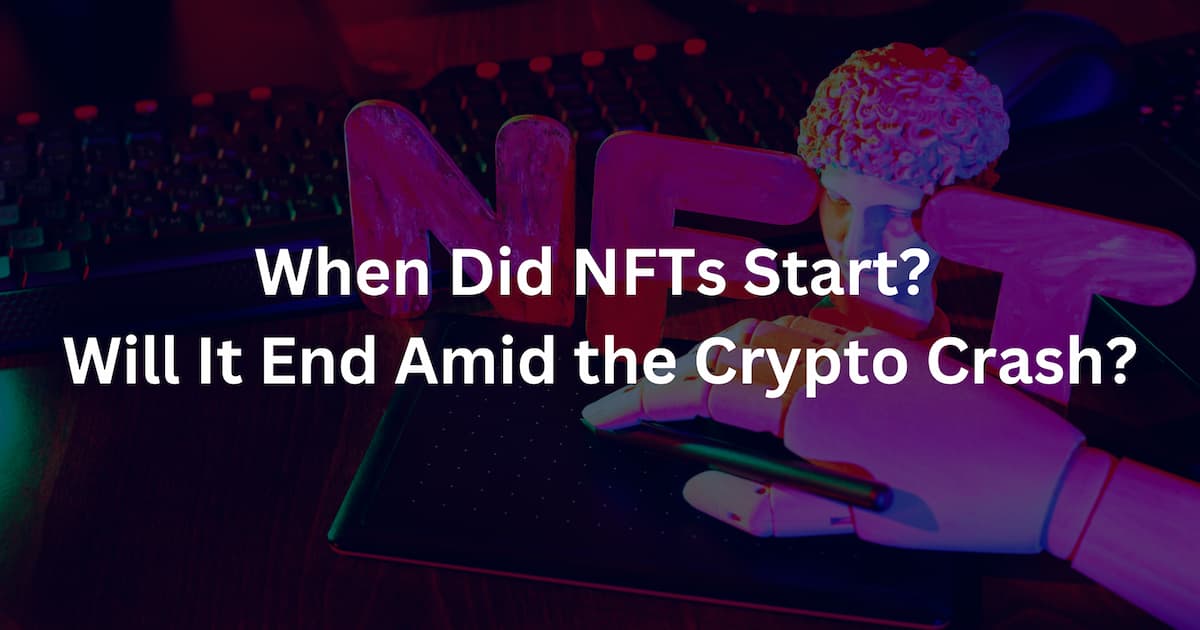When NFT started is not its prime time. Yet, it did not take a long time to reach its climax. This article unfolds NFT’s long history, why it gets popular, and its controversial effects on the art world and investing.
Are NFTs (Non-Fungible Tokens) Important?
A non-fungible token (NFT) shows up as a digital way to present and earn money from the NFT users’ artworks or collections. In this modern era, people do not have limited choices to make millions from the rare things that used to be considered ‘souvenirs’.
The uniqueness and high values of artworks, collections, etc. are the main features of each NFT. Its name indicates that if one NFT was created, it will be the only one in the market. Adapted to blockchain technology, NFTs have superior points in security and data storage.
Thus, it offers chances for artists and influencers to monetize their works and highlight their irreplaceable values. Also, it is a playground for big stars, although top celebrities join and attract attention from the public, such as Eminem, Jimmy Fallon, Snoop Dogg, Paris Hilton, etc., NFTs welcome even medium artists or underground influencers to publish their creations in a new way.
NFT can be an online form of work. So, what if I screenshot it and then sell it?
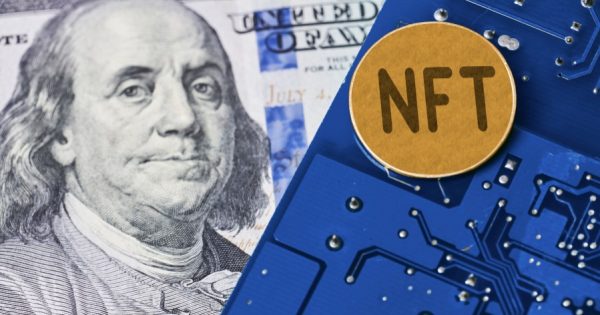
Its value is no more than an image. The thing people buy is not a screenshot but the code manifesting as images. Donna Redel emphasizes this fact in the courses on crypto-digital assets at Fordham Law School. It complements the data storage in the irreversible timeline which blockchain can do.
Every transaction or NFT deal will be recorded automatically on the blockchain with unique codes. Thus, NFTs can guarantee that they can trace back the provenance of any asset they are connected to.
Obviously, NFTs bring about real money through digital platforms.
A Vox article – NFTs, the digital bits of anything that sell for millions of dollars, explained, shared the story of Arc, a visual artist from Saudi Arabia.
He kept his doubt about the adoption of cryptocurrency in the art world. And there was only one way to check the fact – try it. He posted his works on KnownOrigin. Until March 2021, Arc had over 270 pieces sold in NFTs with a total value of more than $480,000.
If you are still not surprised by this figure, a $69-million collaged image file by Beeple, Mike Winkelmann, will shock you.
And these cases are not the odd cases in the world of NFTs. Some good cash creates the gold rush in such a nascent industry. People love the fantasy of posting and monetizing their artwork in a few clicks.
Are there any side effects we should be careful with?
Most NFT marketplaces are based on the Ethereum blockchain and ask for potential buyers to already have a crypto wallet. Bitski might be the only platform where users use a credit card as one of the payment ways.
Ethereum, although it is among the biggest crypto coins, cannot guarantee the stability of growth but volatility. The present crypto winter profoundly impacts the status quo of NFTs due to the sharp falls in Ethereum price.
Non-Fungible Tokens (NFTs) are a new form, yet still, follow the same economic principles of supply and demand. It implies that instability is still an attachment to non-fungible tokens.
Besides, blockchain-based NFTs require massive amounts of energy to construct, develop, and maintain. It raises concerns about the environment which can impact the profitability of investments in the long term.
The History of Non-Fungible Tokens
Despite the rise of NFTs in recent years, it has a long history when we take a look back. This section walks you through the milestones in its foundation and development.
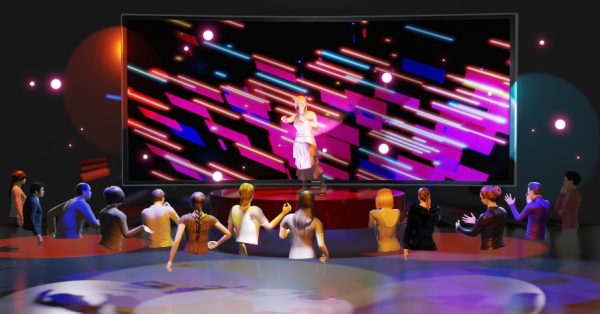
2012-2013: Colored Coins
The initial form of NFTs is a colored coin that was a token representing real-world assets on the Bitcoin blockchain in 2012-2013. Asset types range from precious metals to real estate, equities, and bonds.
2014: Establishment of Counterparty
The idea above inspired Robert Dermody, Adam Krellenstein, and Evan Wagner to establish Counterparty in 2014. It was a financial platform with an open-source internet protocol based on the Bitcoin blockchain. Counterparty enabled users to create tradable currencies in a decentralized exchange. So, it offered an influx of ideas and opportunities, including meme trading while users did not have to worry about counterfeit issues.
2015: A Partnership Between Spells of Genesis and Counterparty
Spells of Genesis creators had a handshake with Counterparty to issue in-game assets onto a blockchain. They then launched their in-game currency called BitCrystals, which enhanced the development of Counterparty.
The first NFT project, Etheria, was launched at Ethereum’s first developer conference, DEVCON 1 in October 2015. Yet, nobody bought Etheria’s 457 tradable hexagonal tiles until March 2021 – the sparkle of NFTs interest. The total value of all the tiles reached a total of US$ 1.4 million.
2017: Public Attention to NFTs
NFT gained an upsurge of popularity with the ERC-721 standard in the first proposal in 2017 through the Ethereum GitHub. The standard took place at the same time as the launch of some NFT projects, such as Curio Cards, CryptoPunks, and rare Pepe trading cards. The online game CryptoKitties was a phenomenon when making profits by the purchase of tradable cat NFTs. No doubt that it helped to draw attention to NFTs.
2018-2021: The NFT Explosion
The NFT marketplace witnessed rapid growth throughout 2020 with a value of US$250 million. The trademark applications for NFTs increased from three to more than 1200 within a year (2020-2021).
The list of brands using NFTs trademarks includes NYSE, Panera, Walmart, Elvis Presley, Star Trek, Ticketmaster, Yahoo, etc. Interest in NFTs increased when some high-profile sales and art auctions took place.
Bore Ape Yacht Club (BAYC) was among the noticeable NFT project launches in 2021. It was a private online club for people, including artists, influencers, art creators, collectors, etc., to trade their unique works. It was a sweet spot for many top celebrities, such as Snoop Dogg, Justin Bieber, Eminem, Madonna, etc.
2022: The Collapse of the NFT Market
The sales of NFT tokens has dropped around 90% since 2021. The number of active crypto wallets in the NFT marketplace also decreased by 88%. The Wall Street Journal recommended a cautious attitude to NFTs due to their rising risks. Rising inflation and the crypto winter might be the main reasons behind such a tough time.
FAQs
When Was NFT Created?
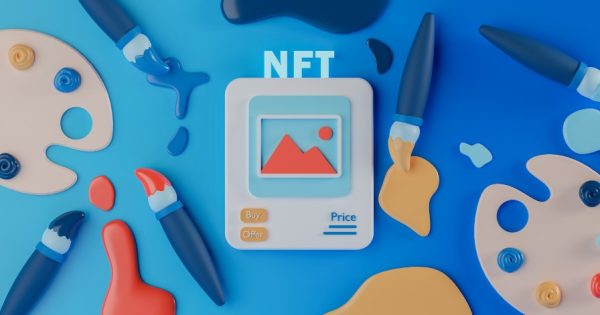
Kelvin McCoy is considered to be the man inventing the first NFT on May 03rd, 2014. He conducted his NFT minting “Quantum” even before the explosion of the crypto art market. The value of “Quantum” art pieces can reach seven million dollars as of 2021.
Can Anyone Create NFTs?
Yes. Artists, entrepreneurs, art advocates, authors, videographers, internet personalities, etc. can create NFTs. As long as you prove you created or legally own artwork or collections, you can mint an NFT. You can check out common NFT marketplaces, such as OpenSea, Axie, Larva Labs/CryptoPunks, NBA Top Shot Marketplace, etc.
Who Can Purchase NFTs?
Everyone can buy NFTs to access the unique token on the blockchain linking their name to the creator’s art. Depending on the conditions of the NFT platforms you are in, you should research their policies and follow the process. Some marketplaces require you to have a crypto wallet to initiate an account.
When Did NFTs Become Popular?
The Covid-19 pandemic brought about the slew of national lockdowns around the world in 2021. Thus, traditional ways of almost everything shifted into digital approaches. NFTs were among the economic and investing phenomena as they opened chances to monetize digital content and silent time at home.
To Be Continued
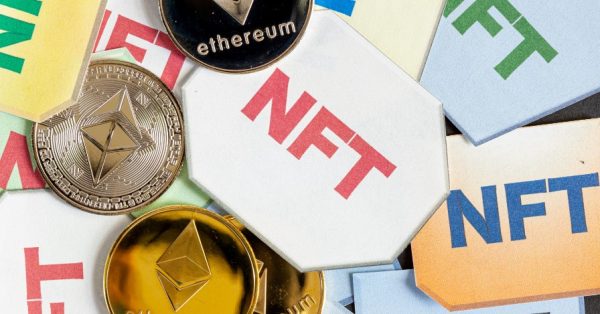
The questions, such as when NFT started, drive our curiosity about its future. What we do not know or are not sure about brings about fear but also excitement as it holds all kinds of possibilities. NFTs are no exception under the tumultuous effects of the crypto winter. Yet, it still shows positive signals of growth.
The article NFTs and the monetization of hope decoded the optimism of NFT investors amidst the crypto crash. It brings hope among the chaos, the article stated through the observation of how NFT leaders and the wave of celebrities joining the NFT marketplaces or clubs.
People still look for new ways that can enrich their lives, in terms of materials and mentality. NFTs obviously are doing a great job when providing an exciting and easy way to monetize one-and-only content.
The forecast indicates the growth of NFTs due to their superior features. It generates positive vibes among NFT advocates. Yet, it also brings up the concerns about real value estimation and environment as it digitalizes art forms, promises a beautiful future of metaverse that is not sure of panning out, and consumes a large amount of energy.
If you are interested in the future and profit from this new potential market, please refer to Metaverse Fundamentals Course: Creating Metaverse in Minutes with only $4.00 from
$84.99
What do you think? Are NFTs worth it? Share your thoughts in the comment section below.

